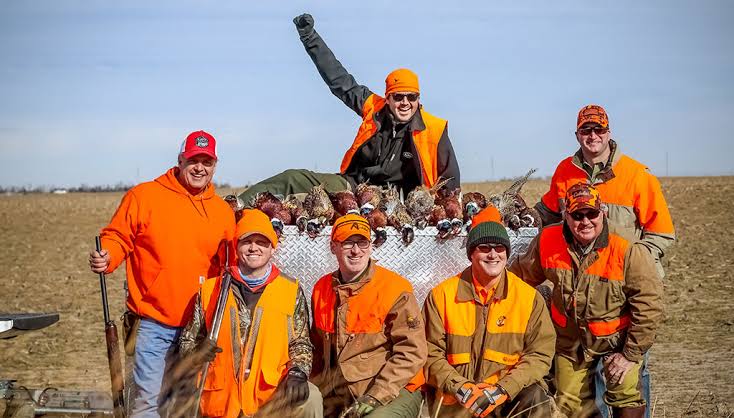Pheasant hunting has long been a favorite pastime for outdoor enthusiasts who enjoy the thrill of the chase and the satisfaction of spending time in nature. Whether you’re a seasoned hunter or a beginner eager to learn, planning successful pheasant hunting trips requires preparation, strategy, and the right resources. From choosing the perfect location to packing essential gear, this guide will help you plan an unforgettable hunting adventure.
1. Choosing the Right Location
One of the most critical decisions for a successful pheasant hunt is selecting the right hunting ground. Pheasants thrive in open fields, grasslands, and areas with dense cover where they can hide from predators. States like South Dakota, Kansas, Iowa, and Nebraska are considered prime destinations due to their abundant pheasant populations.
When selecting a hunting spot, consider:
- Public vs. Private Land – Public hunting lands are accessible to everyone, but private lands often offer better hunting conditions with managed habitats.
- Pheasant Population Reports – Many states release annual reports on bird populations to help hunters plan effectively.
- Accessibility – Ensure the area is easy to reach and offers suitable terrain for your hunting preferences.
2. Best Time of Year for Pheasant Hunting
Timing plays a crucial role in pheasant hunting success. The hunting season typically starts in the fall and extends into early winter, but exact dates vary depending on state regulations.
- Early Season – Birds are less wary, making them easier to spot and approach.
- Mid-Season – Cooler temperatures improve hunting conditions, and pheasants are more active during the day.
- Late Season – Pheasants become smarter and harder to hunt, making this period ideal for experienced hunters seeking a challenge.
Always check local hunting regulations for season dates and bag limits to ensure compliance.
3. Essential Gear and Equipment
Having the right gear can make or break your hunting experience. For pheasant hunting, your equipment should be tailored to your environment and hunting style:
- Shotgun – A 12-gauge or 20-gauge shotgun is commonly preferred.
- Ammunition – Use size 4, 5, or 6 shots for the best balance of power and range.
- Hunting Apparel – Wear blaze orange for safety and camouflage for blending into the surroundings.
- Footwear – Durable, waterproof boots are essential for traversing fields and uneven terrain.
- Hunting Dog – Well-trained retrievers and pointers can significantly improve your success rate.
4. Techniques for a Successful Hunt
Mastering the right strategies is key to increasing your chances of success:
- Walk in a Line – Hunting in groups while maintaining a straight formation helps cover more ground.
- Target Shelterbelts and Cornfields – Pheasants often hide in areas with thick cover and food sources.
- Use Dogs Effectively – Trained dogs can flush out birds and retrieve them after the shot.
- Stay Quiet and Patient – Pheasants are alert birds, so moving slowly and quietly is essential.
5. Safety and Hunting Regulations
Responsible hunting involves following all state and federal laws to protect wildlife and ensure safety. Always:
- Obtain the required hunting licenses and permits.
- Wear visible safety gear.
- Keep your firearm pointed in a safe direction.
- Know your surroundings and be mindful of other hunters.
Ethical hunting also includes respecting bag limits and preserving habitats for future generations.
6. Tips for Planning the Perfect Trip
To make your hunting trip memorable and stress-free, plan ahead:
- Research hunting hotspots and book accommodations early.
- Check weather forecasts before heading out.
- Prepare backup hunting locations in case conditions change.
- Travel with a group or partner for safety and efficiency.
- Bring enough food, water, and first-aid supplies for the duration of your trip.
Final Thoughts
Planning pheasant hunting trips requires a balance of preparation, skill, and knowledge. By choosing the right location, equipping yourself with proper gear, and mastering effective hunting techniques, you can create an unforgettable experience in the field. Always prioritize safety, follow regulations, and enjoy the adventure of the great outdoors.






